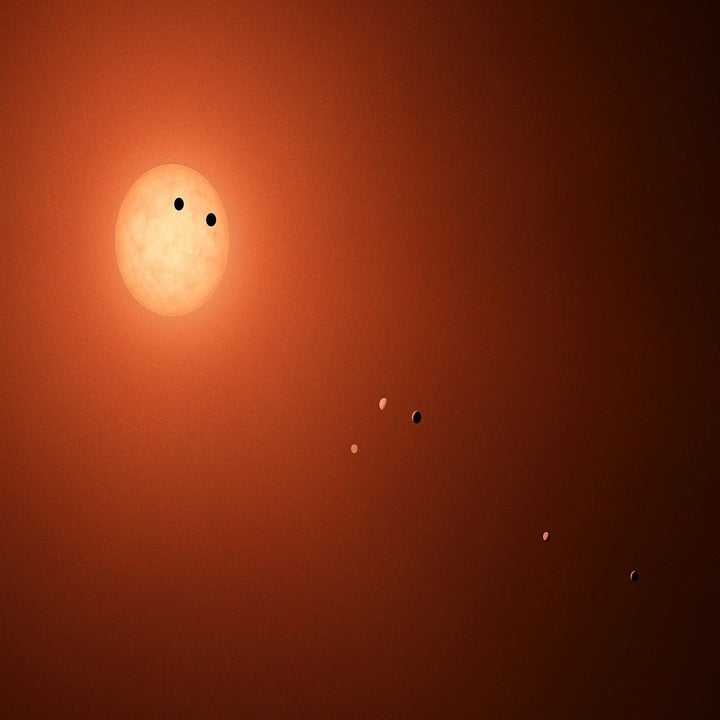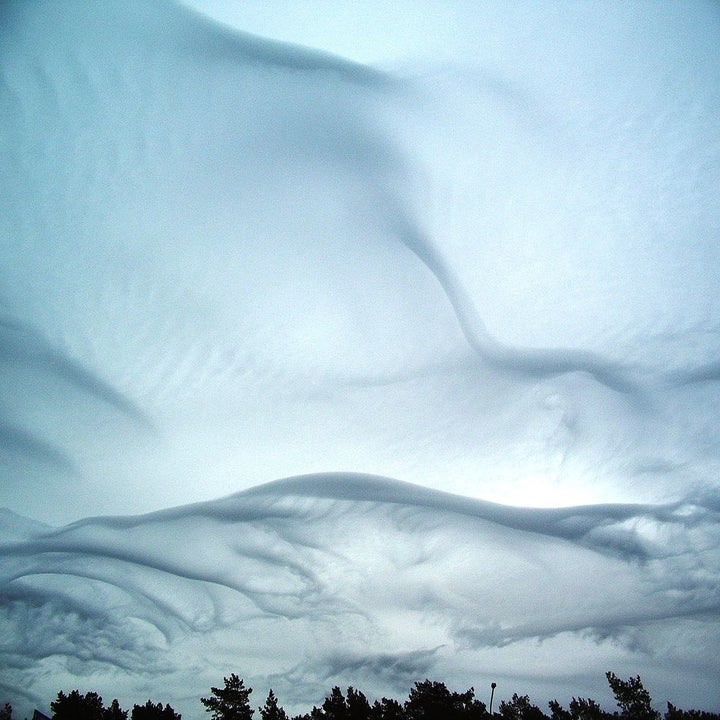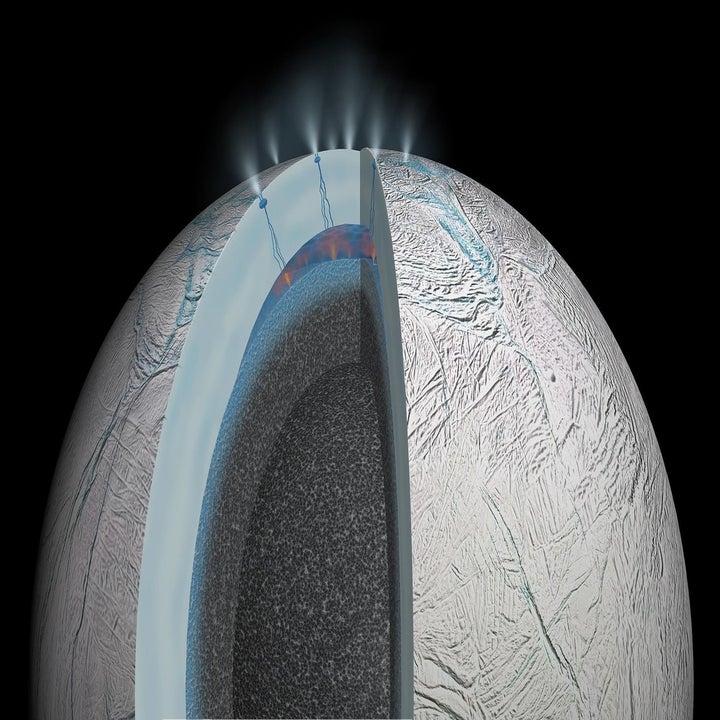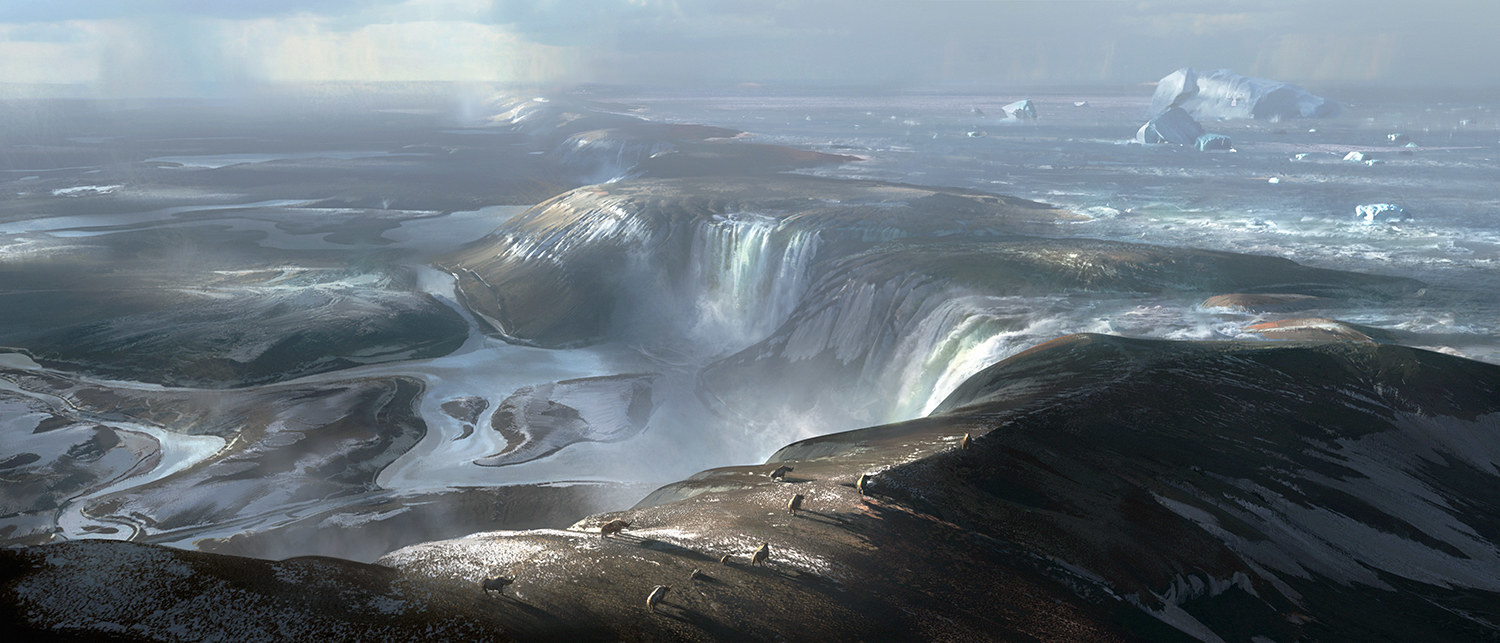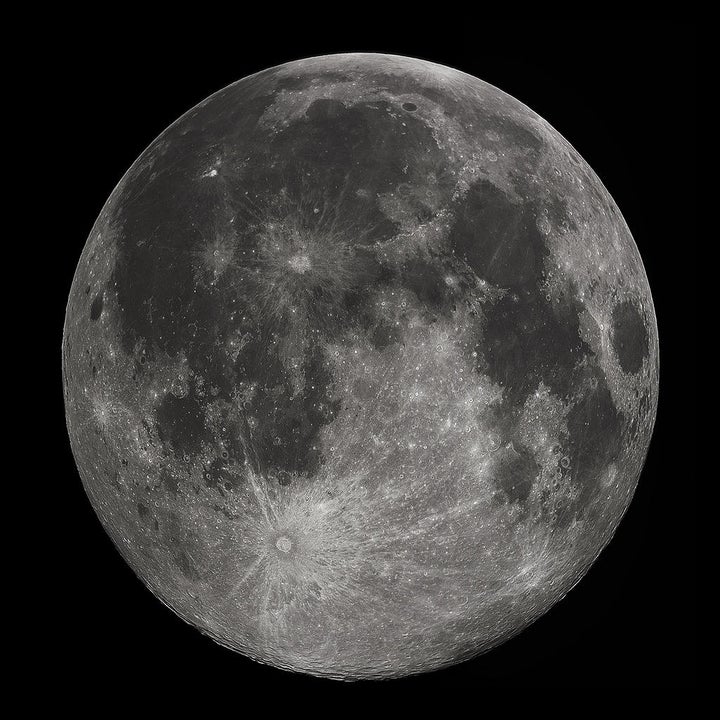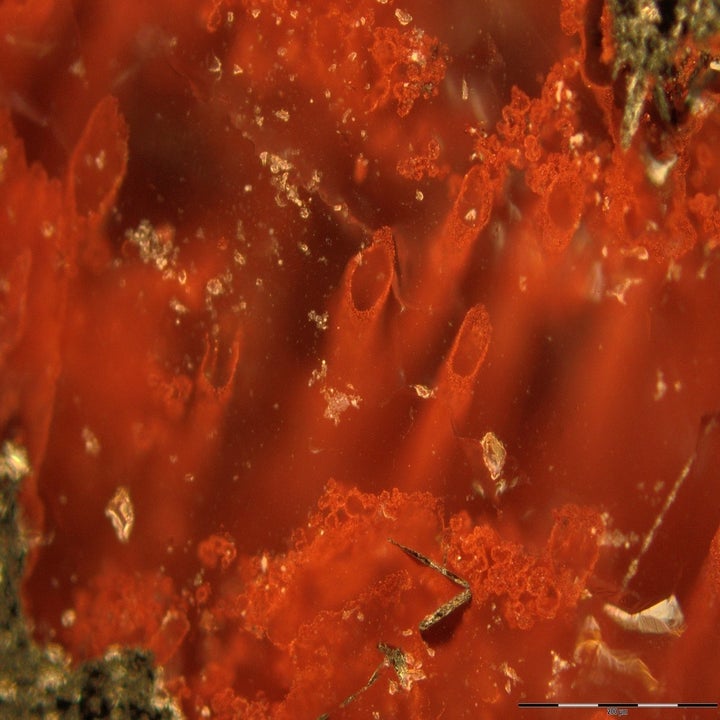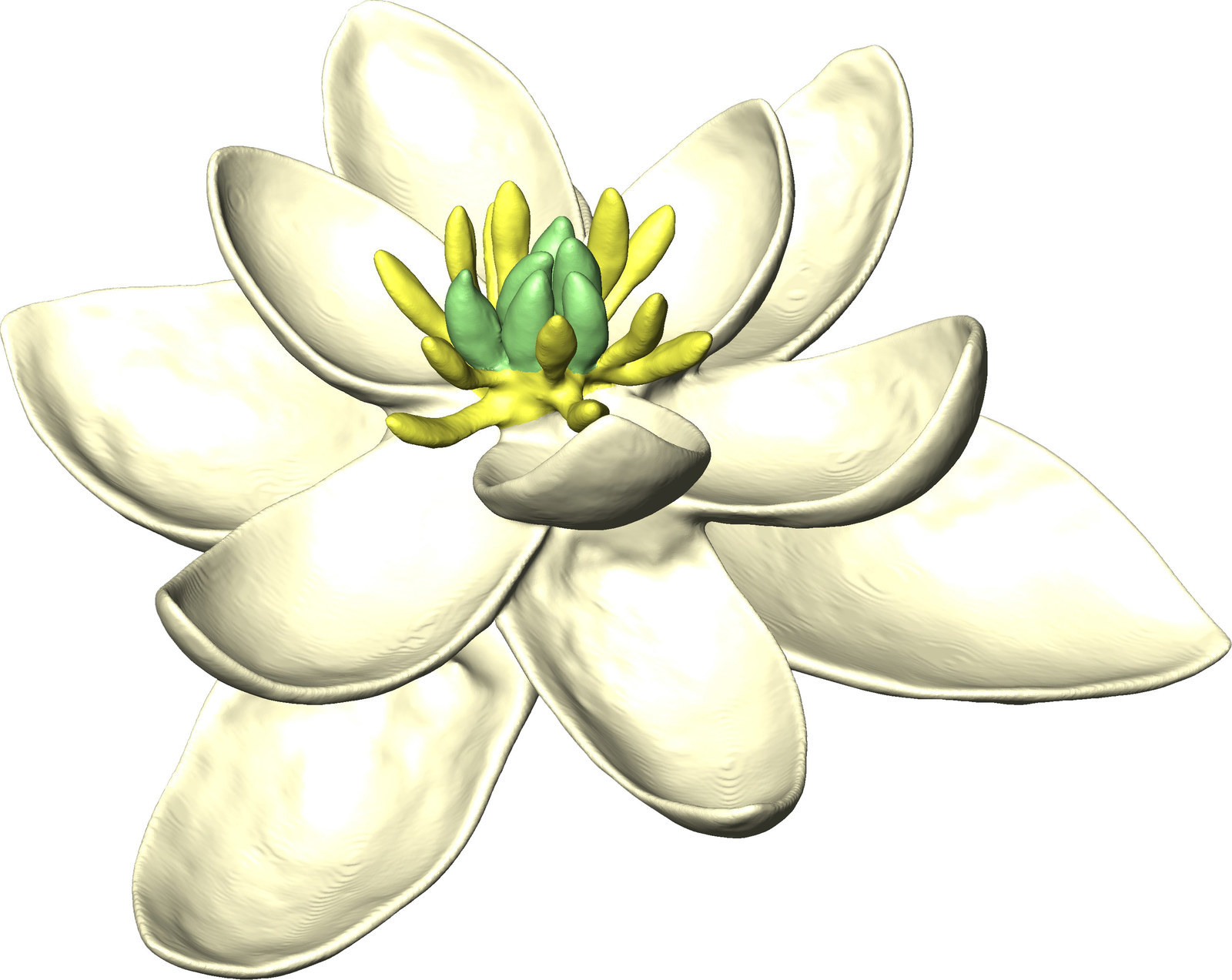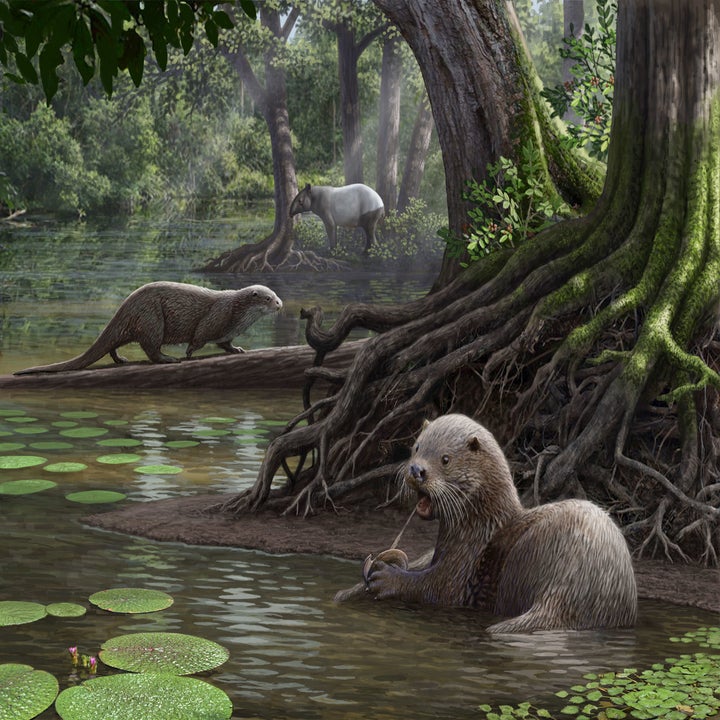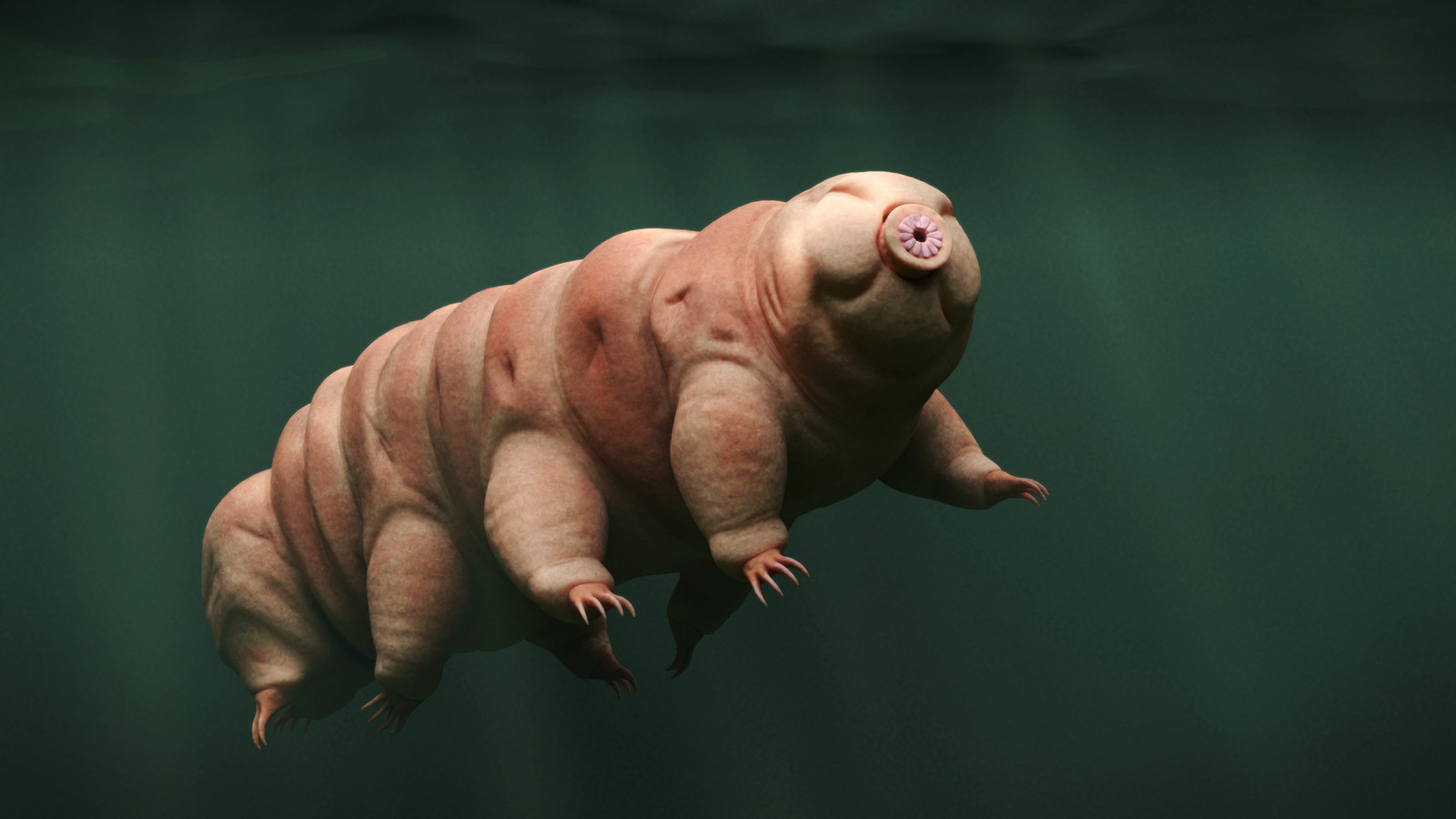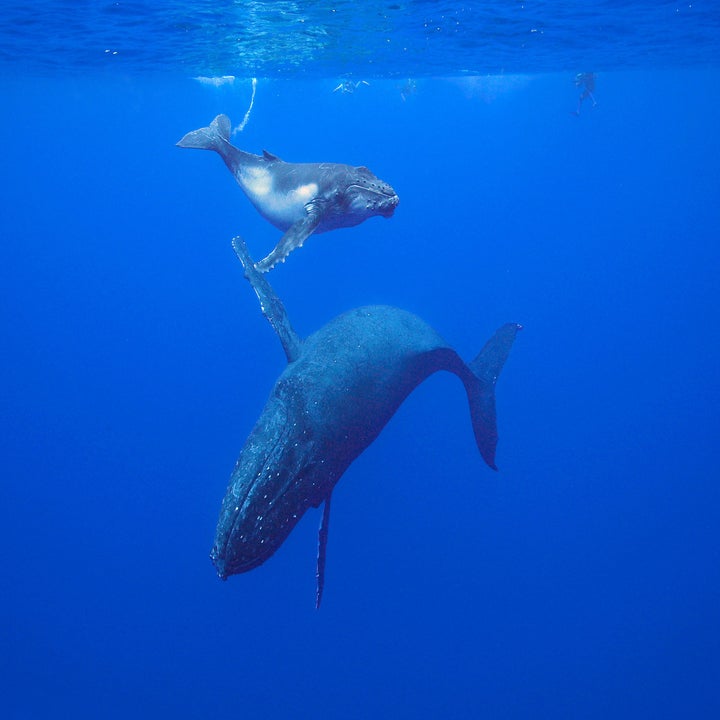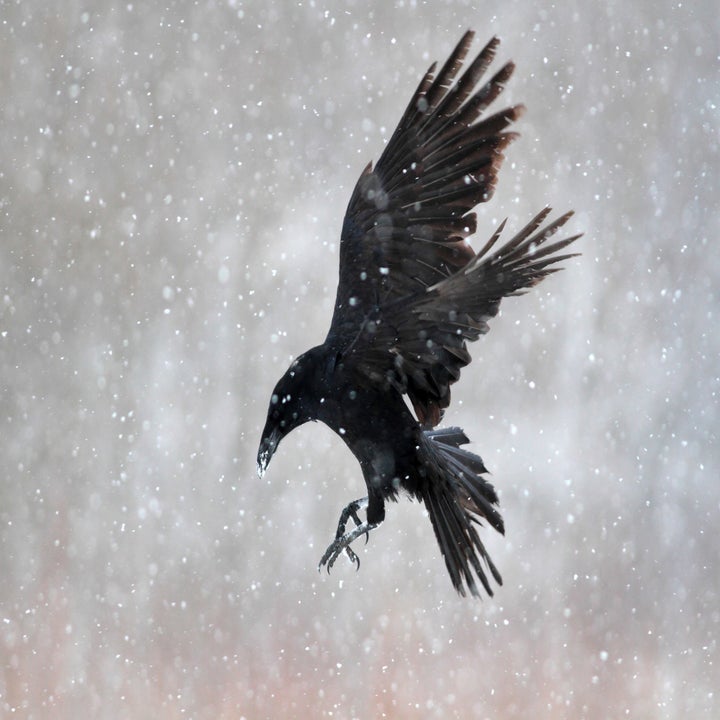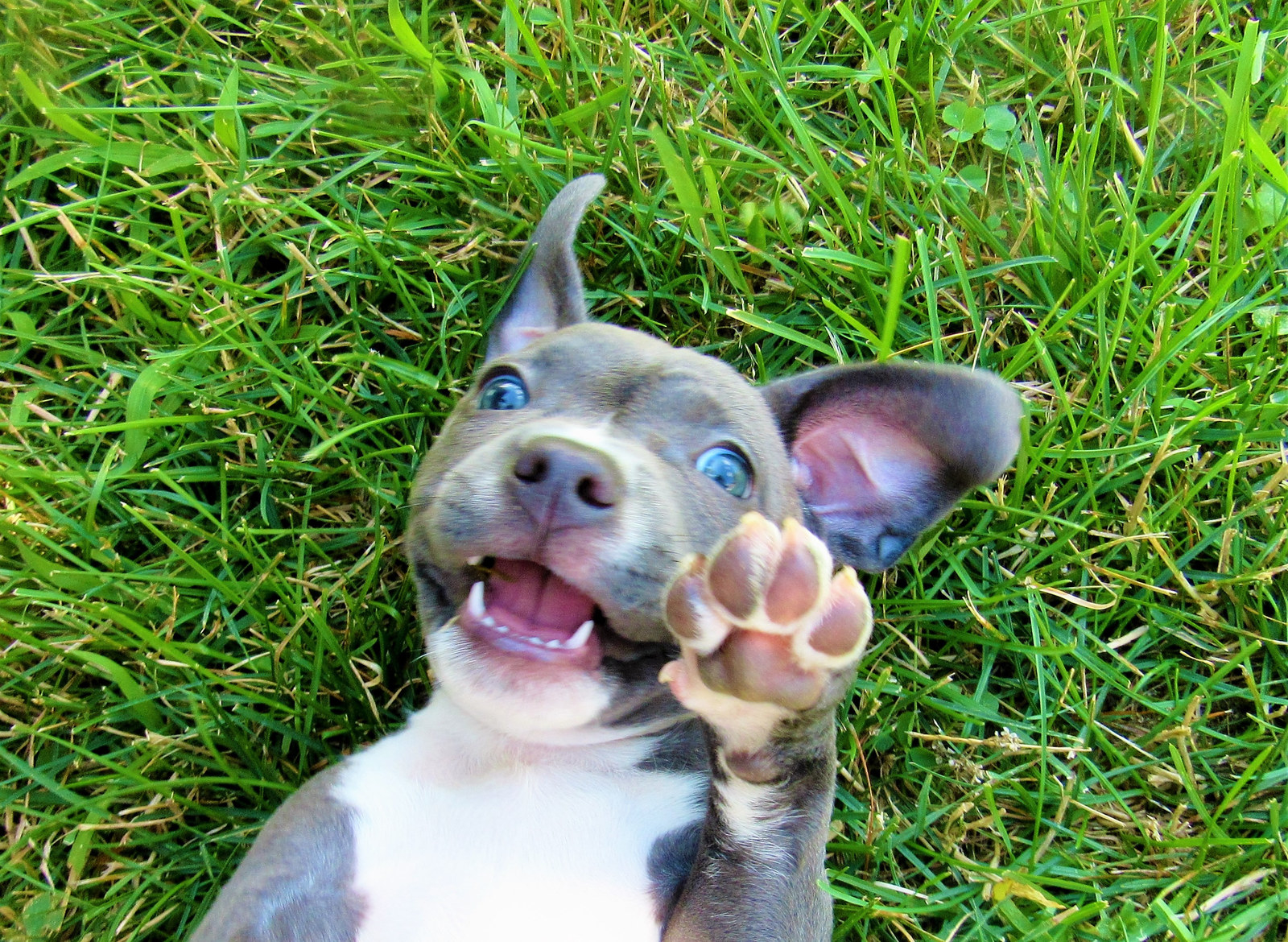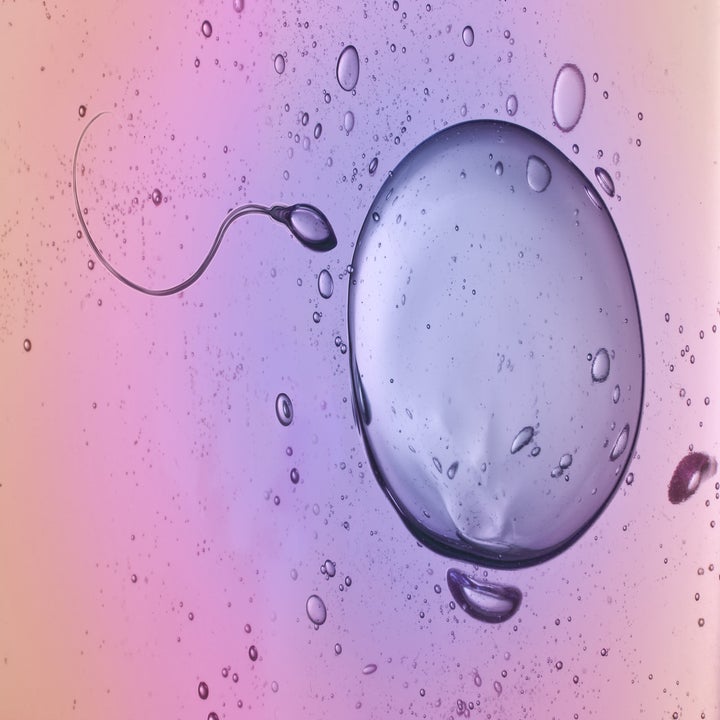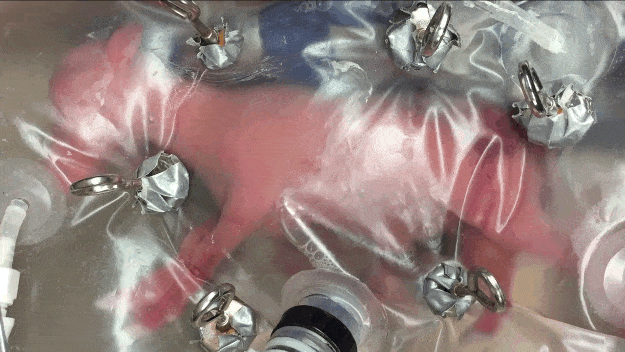Unit 4: Astronomy
Assignment (starting in January)
Create a Comic, Video, Poem, Story or Children’s book
explaining one of the following concepts.
·
The Meaning of “Universe”
·
Navigating the Night Sky
·
Star Evolution
·
The Milky Way
·
Vast distances between Stars & Galaxies
·
Properties of Stars
·
Evidence supporting the Big Band Theory
·
The Origins of the Universe
·
Dark Matter & Dark Energy
Criteria:
1)
Describe the concept/process through story. Use
words and/or pictures.
2)
Include analogy, metaphor and/or visual
components in your story.
3)
Include an appendix containing at least 5 key
vocabulary words with definitions
4)
Submit a paper copy (excludes video format).
|
1 - NM
|
2 - MM
|
3 - M
|
4 - FM
|
5 – EE
|
|
Criteria not met.
|
Some criteria met.
|
All criteria is met.
|
All criteria is met. Simple story. Thorough definitions.
|
All criteria is met. Creative & unique story. Thorough
definitions.
|

















